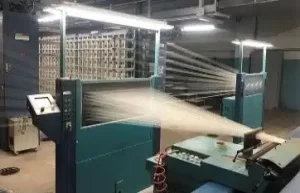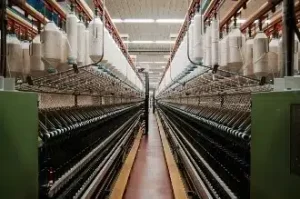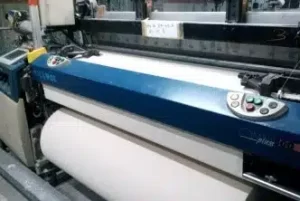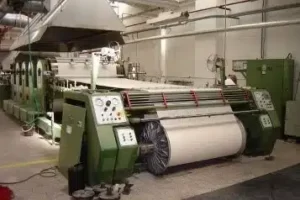Dyeing is one of the most essential and transformative steps in textile production. It’s the process that gives fabrics their color, identity, and personality.
In this article, we’ll explore the key steps involved in dyeing fabric, the types of dyes used, and how sustainable dyeing is shaping the future of fashion and textiles.
Before any dyeing can begin, the fabric needs to be cleaned and prepared. This includes removing natural oils, waxes, dirt, and residues that may interfere with the dye.
Prep processes:
- Scouring: Removes impurities from natural fibers
- Bleaching: Lightens the base color to ensure accurate dye shades
- Mercerizing (optional): Improves dye absorption in cotton
Different fibers require different types of dye. The choice depends on the fabric composition and desired colorfastness
Common dye types:
|
Dye type |
Best for |
Notes |
|
Reactive Dye |
Cotton, linen, viscose |
Strong bond, vibrant, washfast |
|
Acid Dye |
Wool, silk, nylon |
Used with acidic pH, bright shades |
|
Disperse Dye |
Polyester, acetate |
Needs high temp/pressure to bond |
|
Vat Dye |
Cotton (e.g. indigo) |
Insoluble dye that’s reduced & re-oxidized |
|
Direct Dye |
Cellulose fibers |
Easy to use, but may bleed |
|
Natural Dyes |
Cotton, wool, silk (varies) |
Plant or insect-based, less toxic |
Why It Matters:
Prevents costly mistakes in bulk dyeing
Ensures color matches brand or designer expectations
Allows for adjustments to dye formulation
Dye is dissolved in water and mixed with auxiliary chemicals (salt, soda ash, acids) to help it bond with the fiber. The temperature and pH are carefully controlled depending on the dye and fabric type.
Fixation is the process of setting the dye so it won’t wash out or fade. This can involve heat (steaming or curing), chemical fixatives, or oxidizing agents — depending on the dye system.
After fixation, the dyed fabric is washed to remove excess dye and chemicals. Then it’s dried and sometimes softened, coated, or pressed.
Sustainable dyeing innovations
Modern dyeing is becoming cleaner and smarter:
- Waterless dyeing (like CO₂ dyeing for polyester)
- Digital printing with dyes for precision and less waste
- Natural dye revival with safer plant-based colors
- Closed-loop water systems to recycle dye bath water






